by Sara Alaica, July 2025
There’s a lot more happy butterflies in our prairies this spring.
After four years of planting, seeding, and managing invasive species, the Institute for Applied Ecology (IAE) has completed restoration of 172 acres of butterfly habitat thanks to a grant with the Oregon Watershed Enhancement Board (OWEB).
The beautiful Fender’s blue is a small prairie butterfly distinguished by two rows of bands on the underside of its wings. The males, like their name suggests, are bright blue, while the females are tinged with copper. They are found only in the Willamette Valley and lay their eggs on their primary host plant: Kincaid’s lupine.
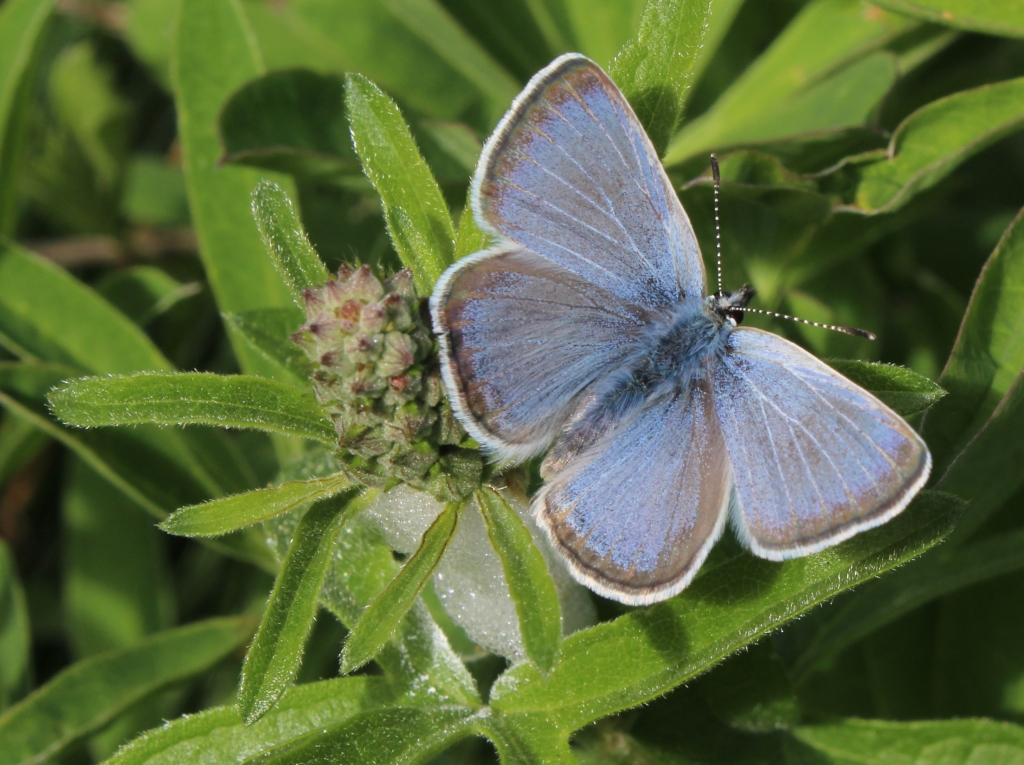
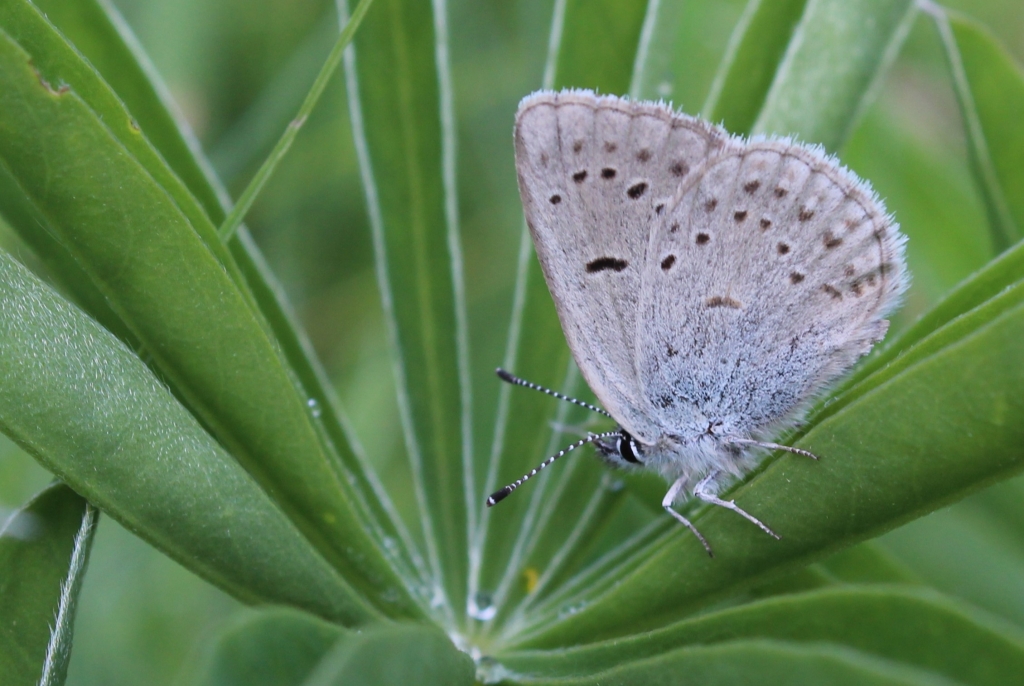
Over the last four years, IAE has been increasing habitat for this butterfly by planting, seeding, and removing non-native species at 11 sites across the Willamette Valley.
“We would not have been able to do this work without OWEB’s support,” says Andrew Esterson, Habitat Restoration Program Manager for Institute for Applied Ecology. “To help restore a species we need to work on an ecosystem scale, not just on one property. The butterflies don’t recognize city or county boundaries, so we need to work where they are.”
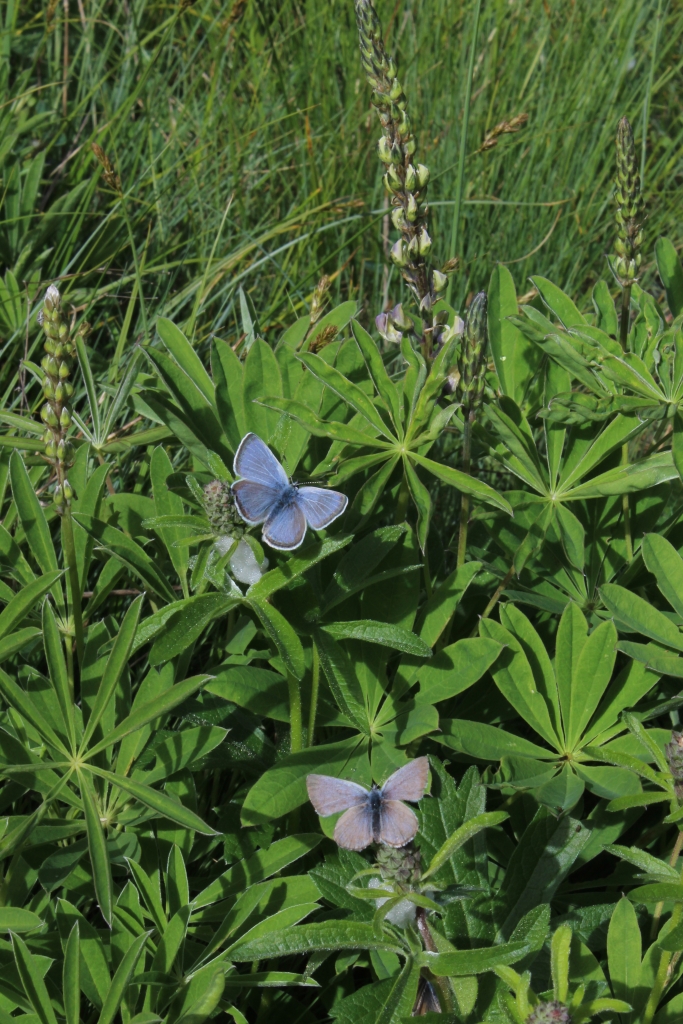
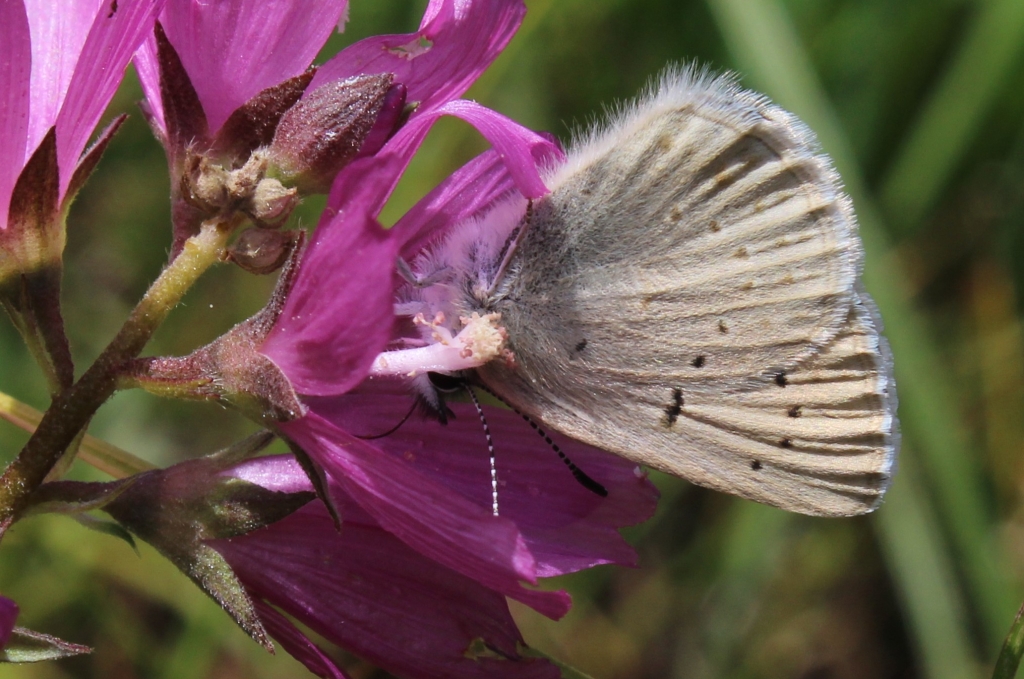
Since 2020, IAE has planted 18,581 Kincaid’s lupine plugs, sowed 82 pounds of Kincaid’s lupine seed, and distributed 644 pounds of native species to help create and enhance habitat for Fender’s blue butterfly in the Willamette Valley.
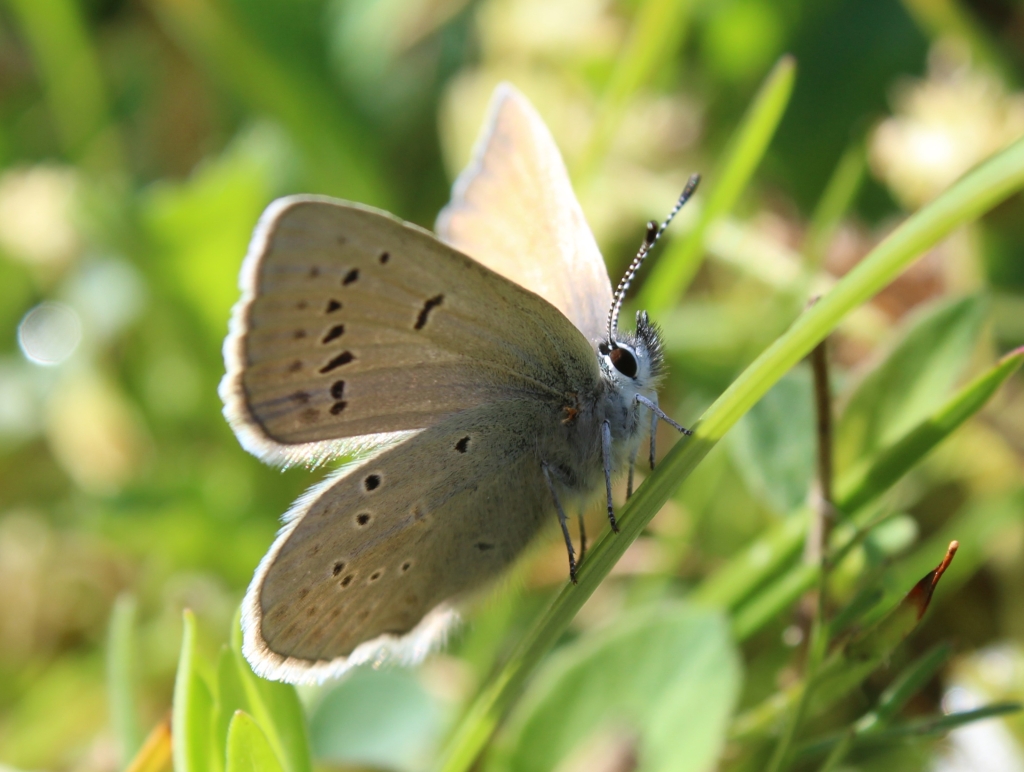
Many partners were involved in the recovery efforts, and this was truly a team effort. We would like to thank OWEB, U.S. Fish and Wildlife Service, Bureau of Reclamation, Oregon Department of Transportation, Greenbelt Land Trust, Yamhill SWCD, Polk SWCD, Benton County, private landowners, Heritage Seedlings, and R. Franco Restoration as well as the donors and volunteers who have helped support IAE’s work to restore native species and habitats since we were founded.
